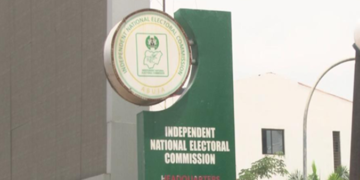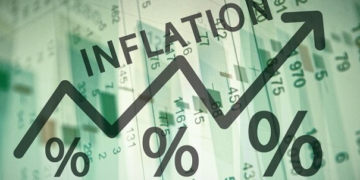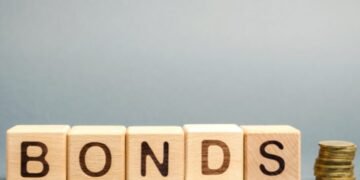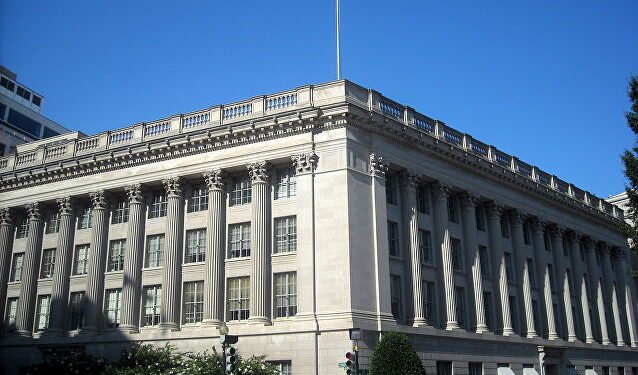The U.S economy witnessed it’s sharpest contraction in more than ten years for the first quarter of 2020. Gross domestic product declined at a 4.8% annualized rate in the first quarter as consumer spending sharply dropped due to the strict measures imposed in an effort to contain the spread of the novel Coronavirus.
This contraction of the GDP at 4.8% ended the longest expansion in the history of USA and it is was below the minus 4.0% forecasted. This is as a result of sharp decrease in consumer spending and a reduction of inventory at businesses due to movement restrictions imposed in March across the country.
The GDP data reflected a slump in the economic activities in the last two weeks of March that saw millions of Americans file for unemployment. The slowdown primarily reflected slower consumer spending, which grew at a seasonally adjusted annual rate of 0.3 percent after a growth rate of 3.5 percent in the fourth quarter of 2019. It was the poorest quarterly showing in more than seven years.
Chris Rupkey, chief economist at MUFG in New York said “The economy will continue to fall until the country opens back up, “If the economy fell this hard in the first quarter, with less than a month of pandemic lockdown for most states, don’t ask how far it will crater in the second quarter.”
The U.S. Congress has approved a fiscal package of around $3 trillion and the Federal Reserve has cut interest rates to near zero and greatly expanded its role as banker of last resort, but economists say these measures are inadequate. Fed officials were wrapping up a two-day policy meeting on Wednesday.
The U.S has the largest number of confirmed Covid-19 cases and number of deaths in the world. It has over one million confirmed cases. However, it has conducted over 5.5 million Covid-19 tests, making it the highest in the world.
The Commerce Department’s Bureau of Economic Analysis (BEA) said “stay-at-home” orders in March had “led to rapid changes in demand, as businesses and schools switched to remote work or cancelled operations, and consumers cancelled, restricted, or redirected their spending.”
However it said that it could not quantify the full effects of the pandemic, but that the virus had partly contributed to the decline in GDP in the first quarter.
Despite the anaemic first-quarter performance, the U.S. economy’s prospects for the rest of the year appear solid. Growth is expected to be fuelled by a revival in consumer spending, supported by continued strong job growth, accelerating wage gains and record stock levels.
According to Commerce Secretary Wilbur Ross, the weak first quarter performance showed the need for the new policies Trump is offering.
“We need the president’s tax plan, regulatory relief, trade negotiations and the unleashing of (the) American energy sector to overcome the dismal economy inherited by the Trump administration,” Ross said in a statement.
He said that strong business and consumer sentiment “must be released from the regulatory and tax shackles constraining economic growth”.
Written by
Ifunanya Ikueze





















































